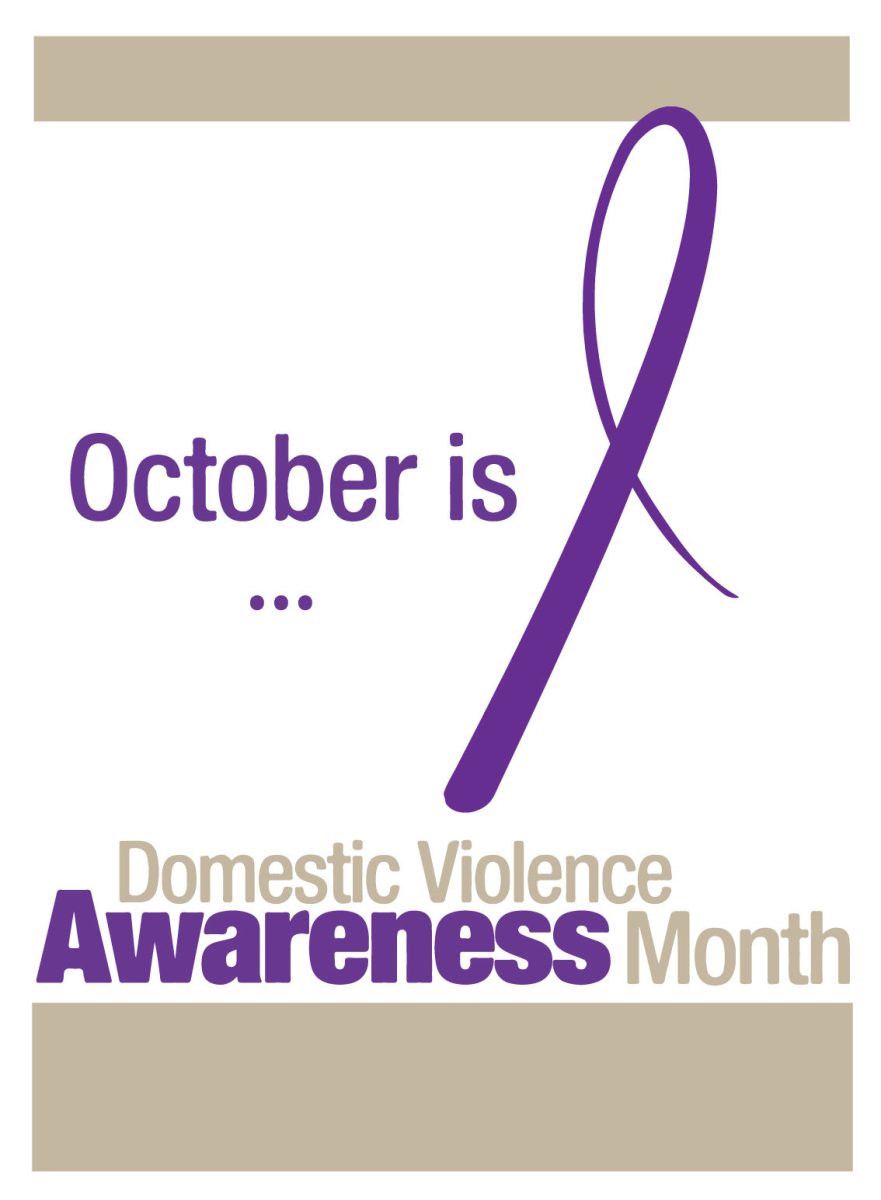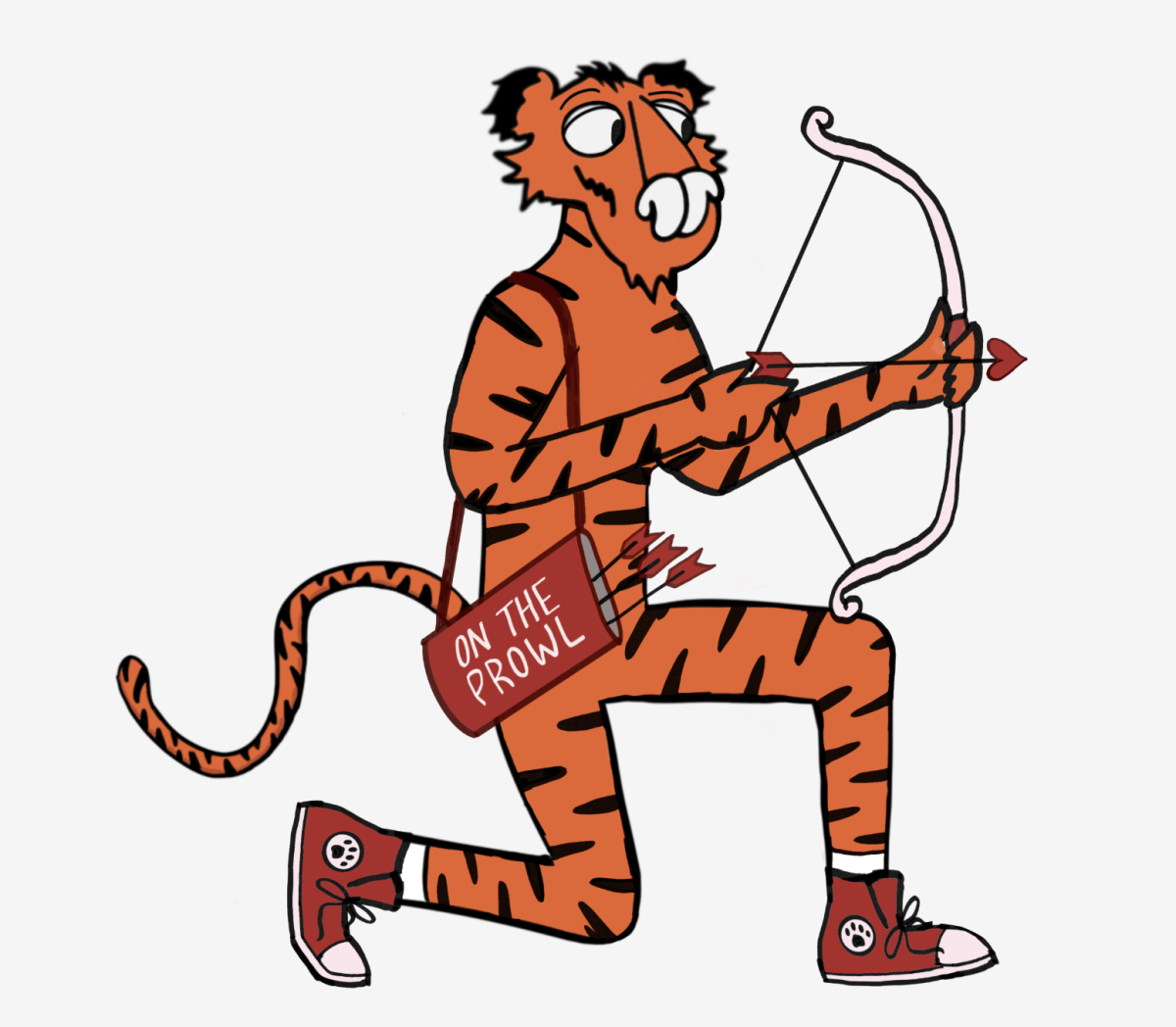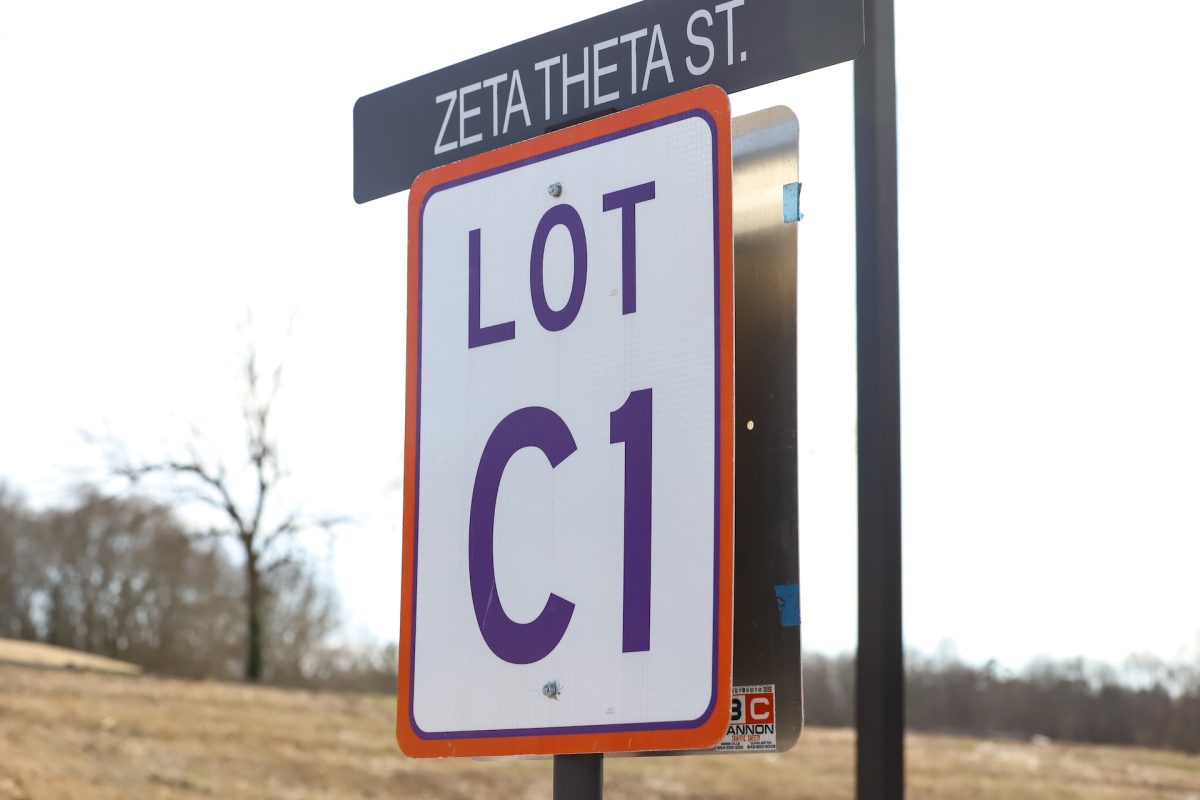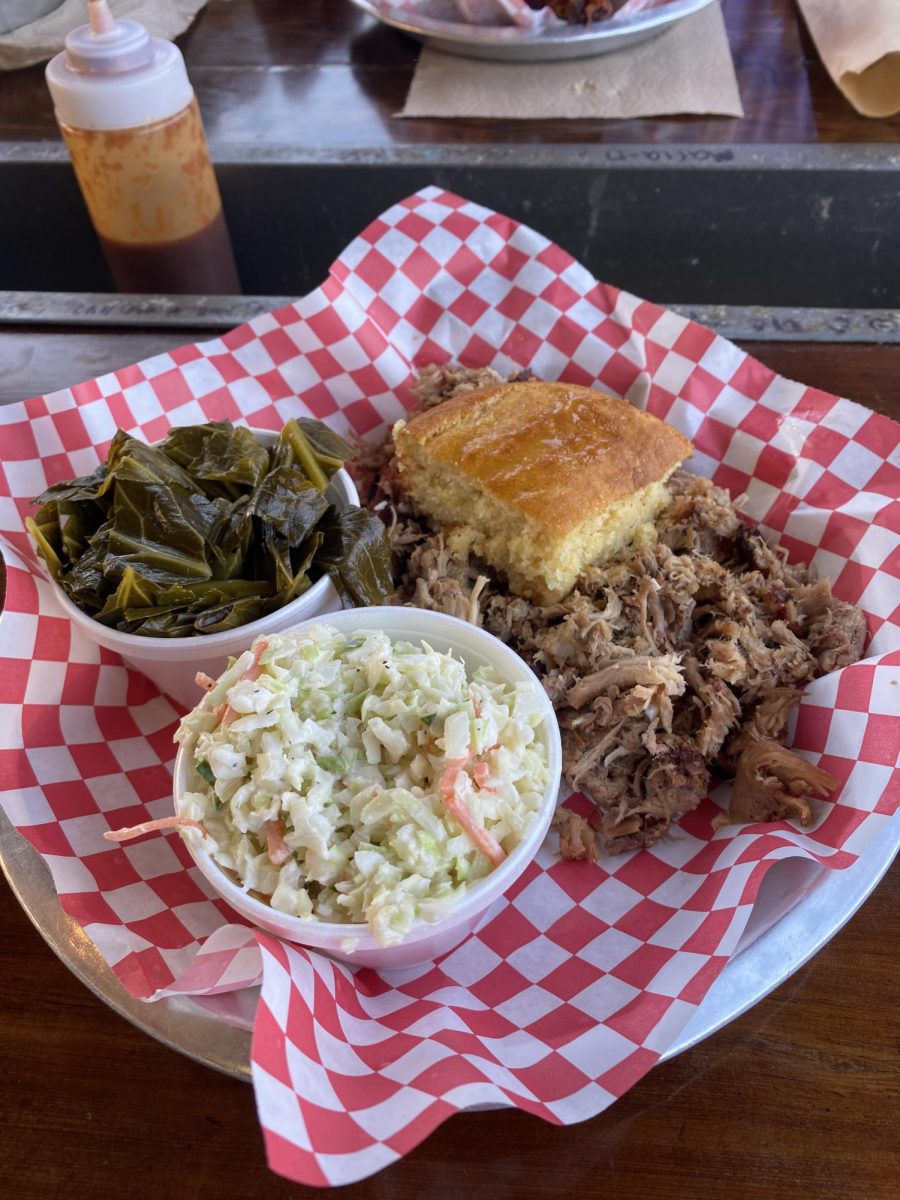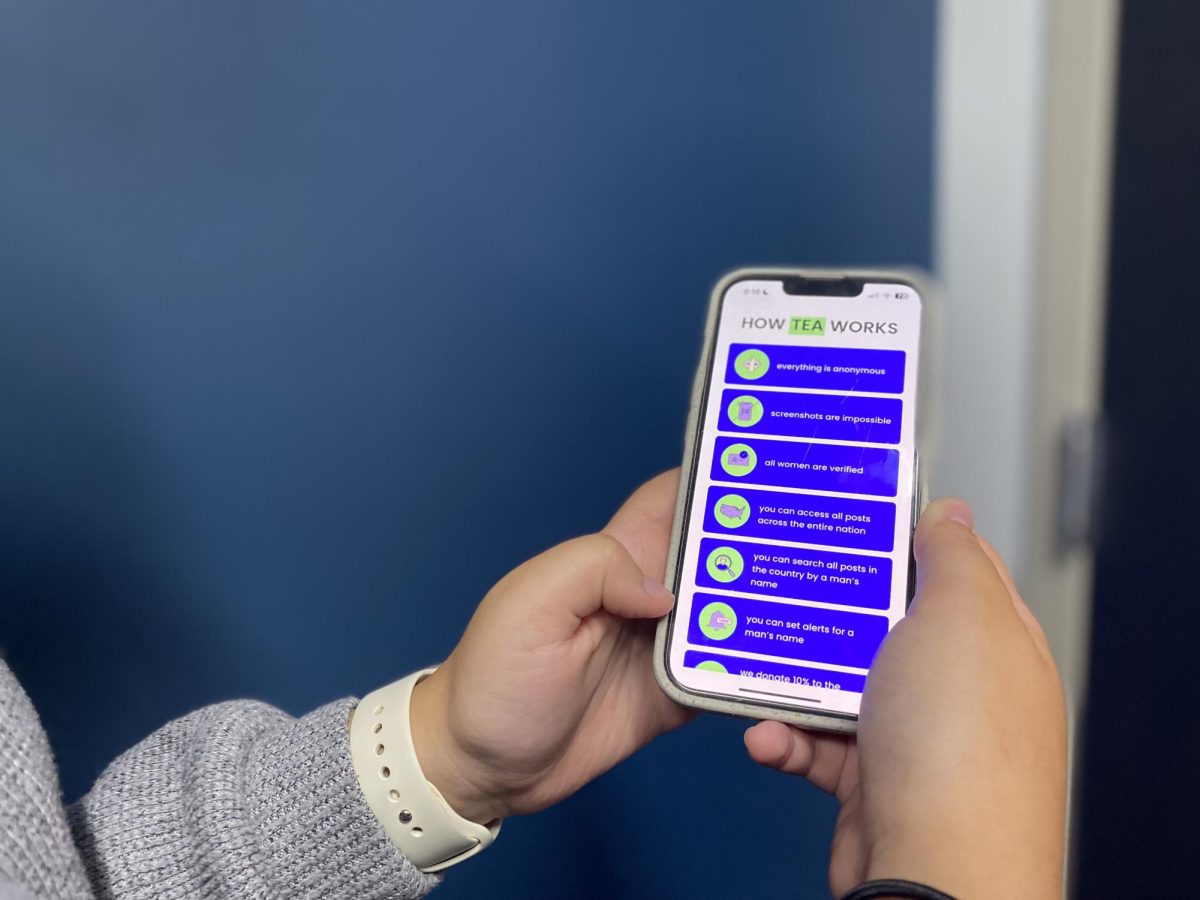Hey there, Tigers!
It’s nearly the end of October and with that comes the promise of sweater weather, fall beverages and, my personal favorite, Halloween! But along with all the fun activities of fall time, October also draws attention to another thing: Domestic Violence Awareness Month.
Domestic Violence Awareness Month, or DVAM, was originally started to help bring survivors of domestic violence together and to give each other support and encouragement. As the years have gone on, DVAM has become a chance for organizations specializing in counseling and protecting survivors to spread more awareness about the actual effects of domestic violence.
For example, a common misconception is that it always has to be physical to count as violence. This simply isn’t true, as both emotional and mental abuse is an act of domestic violence as well. Along with that, nonphysical abuse doesn’t always mean insults or yelling. Obsessive and controlling behaviors like requiring excessive minute by minute updates on location, friend groups and activity or forcing access into a phone is another type of abuse within relationships.
The reason spreading awareness about domestic violence and abuse is so important is because every case is going to be different. This can make this type of crime hard to understand. Unfortunately, a lot of survivors are asked “why didn’t you leave?” The answer is never as simple as people seem to expect. Domestic violence is typically between two partners, which means there are a lot of complicated emotions within each case. Some aggressors try to selfishly rationalize that what they are doing is somehow for the best interest of the whole relationship, even when it is clearly not. For the survivor, especially, there is also the cloud of fear for their own safety and, sometimes, the safety of their children.
Thankfully, every year leads to more and more support for organizations that help survivors, such as Safe Harbor, The Allstate Foundation Purple Purse, RAINN and countless more. Yet all of these organizations still need the general public to help in the fight against domestic violence and abuse. Besides donations to safe houses or financial contributions, awareness of domestic violence is a key role in stopping this horrible act. With awareness comes the gradual knowledge of signs that friends or family may be trapped in an abusive relationship. A better understanding can also help with knowing how to properly support someone who is in or has experienced domestic violence, which can lead to a deeper healing.
So for the last few weeks of October, take this time to learn more about DVAM and how you can help. Even something as simple as showing love to someone else can help perpetuate healthier relationships and bring us all one step closer to ending domestic violence.
Safe Harbor Link: https://safeharborsc.org/



